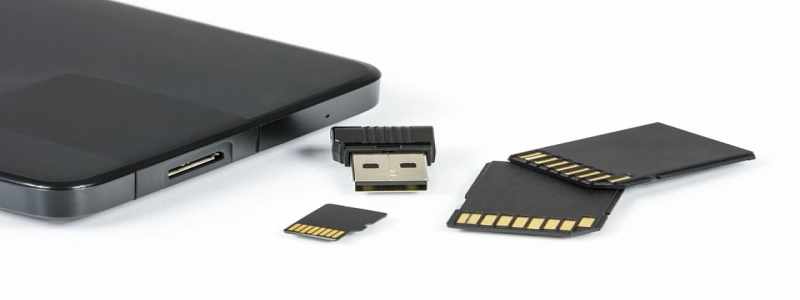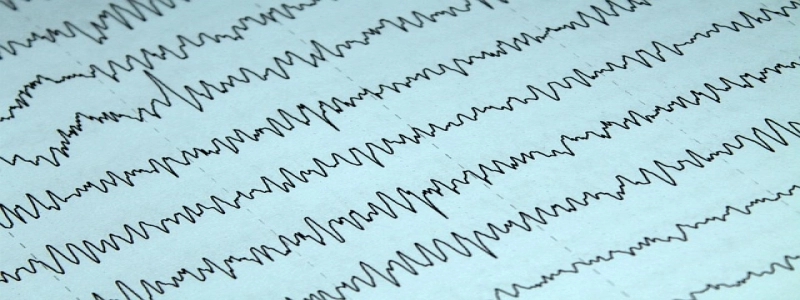Energy Dispersive X-ray Fluorescence
Introduction:
Energy Dispersive X-ray Fluorescence (EDXRF) is a powerful analytical technique used for the qualitative and quantitative analysis of various materials. It is based on the principle of X-ray fluorescence, which occurs when a material is exposed to high-energy X-rays, causing the emission of characteristic X-rays. EDXRF offers numerous advantages, such as non-destructive analysis, high sensitivity, and ease of use, making it widely used in fields such as geology, environmental science, and materials science.
Principle of EDXRF:
EDXRF works on the principle that when a sample is exposed to high-energy X-rays, inner shell electrons of the atoms in the sample are excited and subsequently ionized. As a result, higher energy electrons from outer shells fill these vacancies, emitting X-ray photons in the process. Each element in the sample produces X-rays of specific energies, allowing for the identification and quantification of elements present in the sample.
Instrumentation:
EDXRF analysis requires specialized instruments, typically consisting of an X-ray source, a sample holder, and a detector. The X-ray source, such as a radioisotope or an X-ray tube, emits the high-energy X-rays that interact with the sample. The sample is placed in the sample holder and positioned in the path of the X-ray beam. The detector, usually a solid-state detector or a gas-filled proportional counter, measures the emitted X-rays and their energies.
Analysis Procedure:
To perform an EDXRF analysis, a sample is prepared by either compressing it into a pellet or making it into a pressed powder. The sample is then placed in the XRF instrument, and a spectrum is obtained by scanning the sample with the X-ray beam. The resulting spectrum contains characteristic X-ray peaks from different elements present in the sample. By comparing the energies of these peaks to reference standards, the elements present in the sample can be identified. The intensities of these peaks can also be measured to determine the elemental concentrations in the sample.
Applications:
EDXRF has a wide range of applications in various fields. In geology, it is used for the analysis of rocks, minerals, and soils to determine their elemental composition and trace element concentrations. In environmental science, it is used to analyze water, air, and soil samples to assess pollution levels. In materials science, it is used to study the composition of metals, ceramics, and polymers. EDXRF is also used in art and archaeology to analyze the elemental composition of artworks and artifacts.
Conclusion:
Energy Dispersive X-ray Fluorescence is a valuable analytical technique that allows for the rapid and non-destructive analysis of different materials. It provides detailed information about the elemental composition of a sample, making it a versatile tool in various scientific and industrial applications. With ongoing advancements in instrumentation and methodology, EDXRF continues to contribute to advancements in research and analysis.







